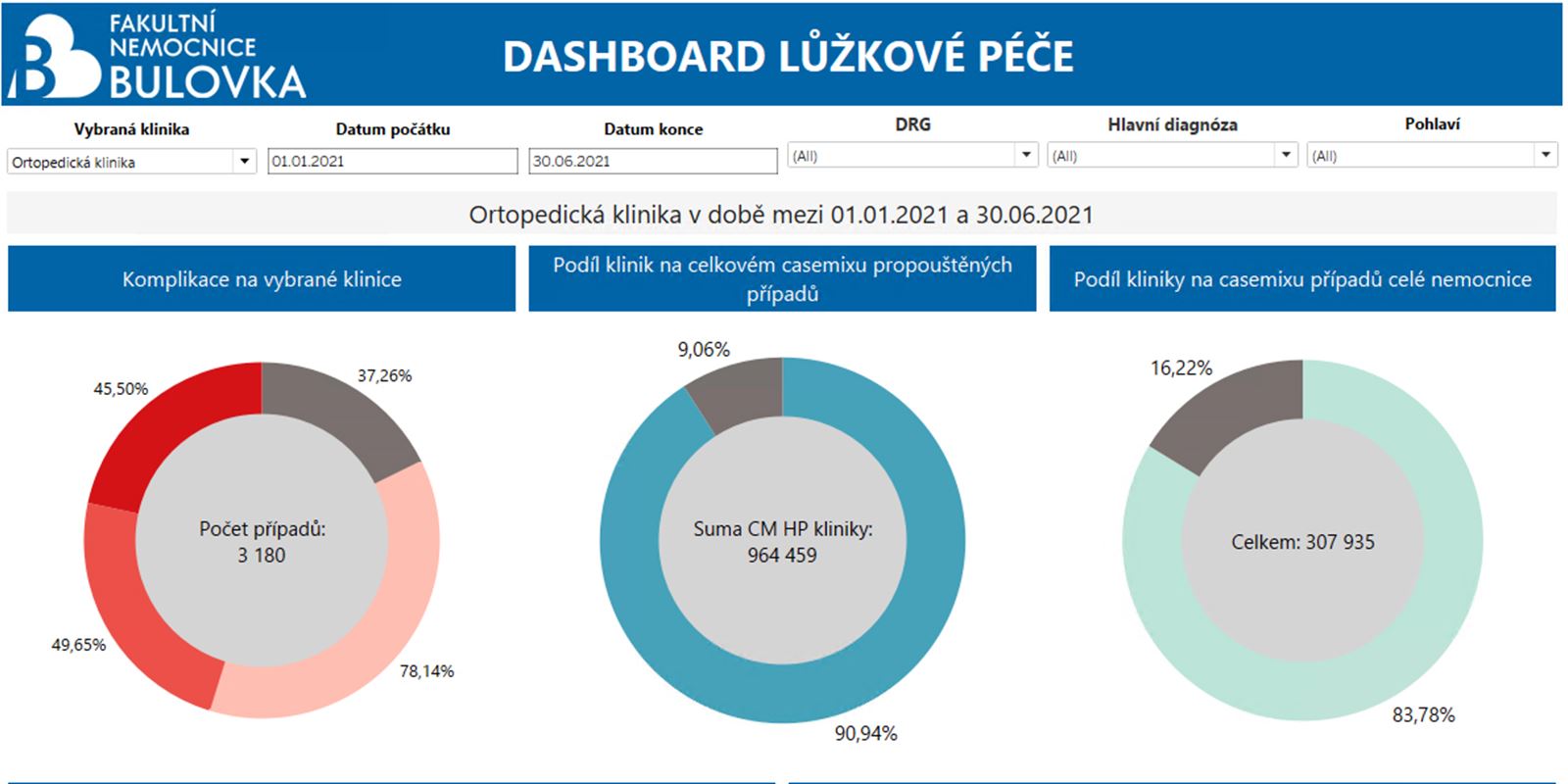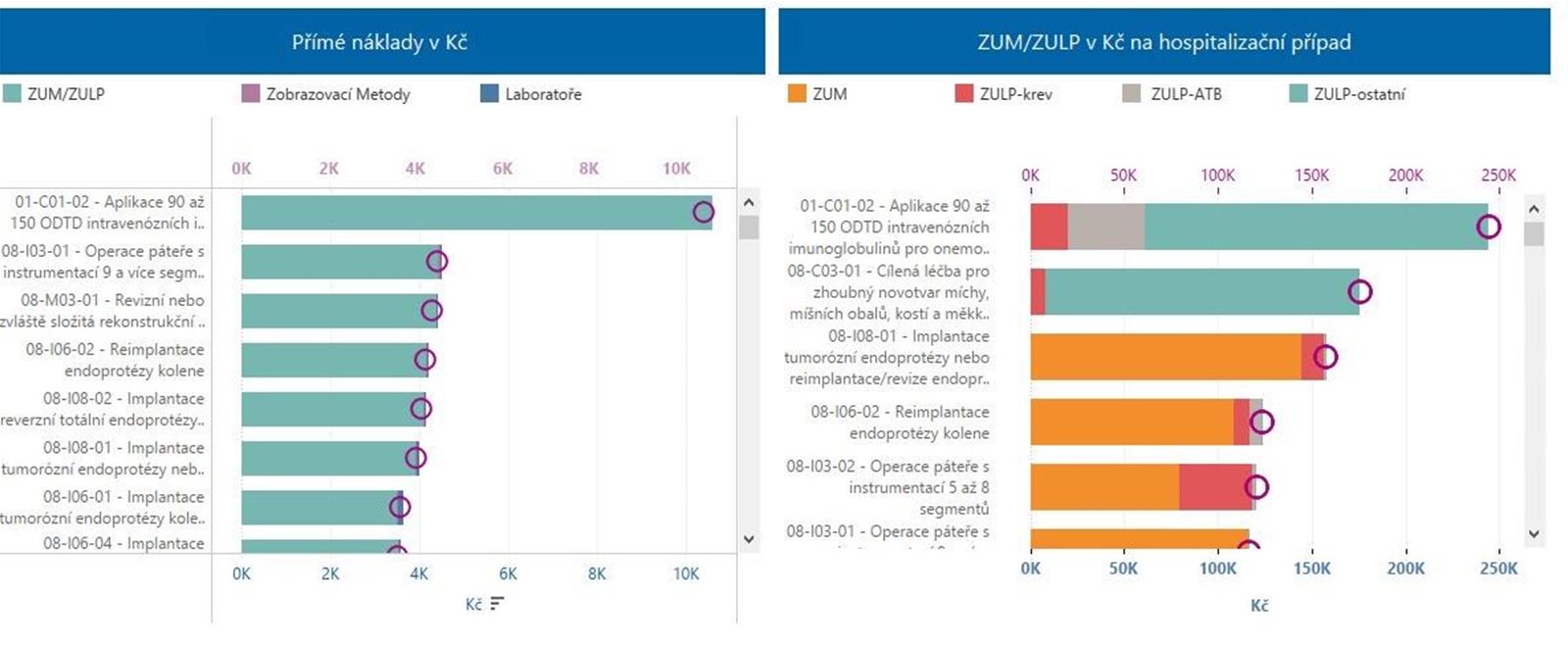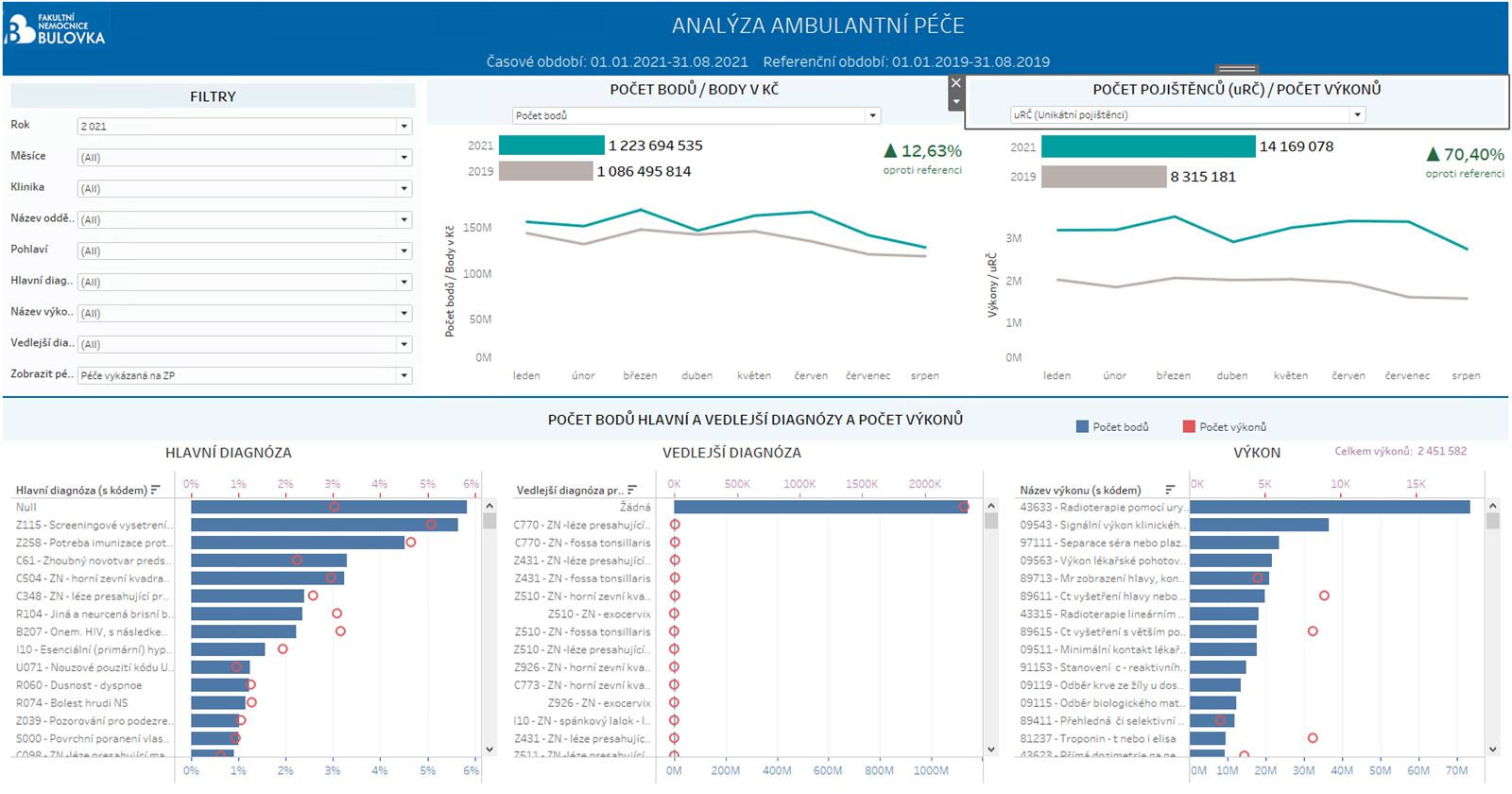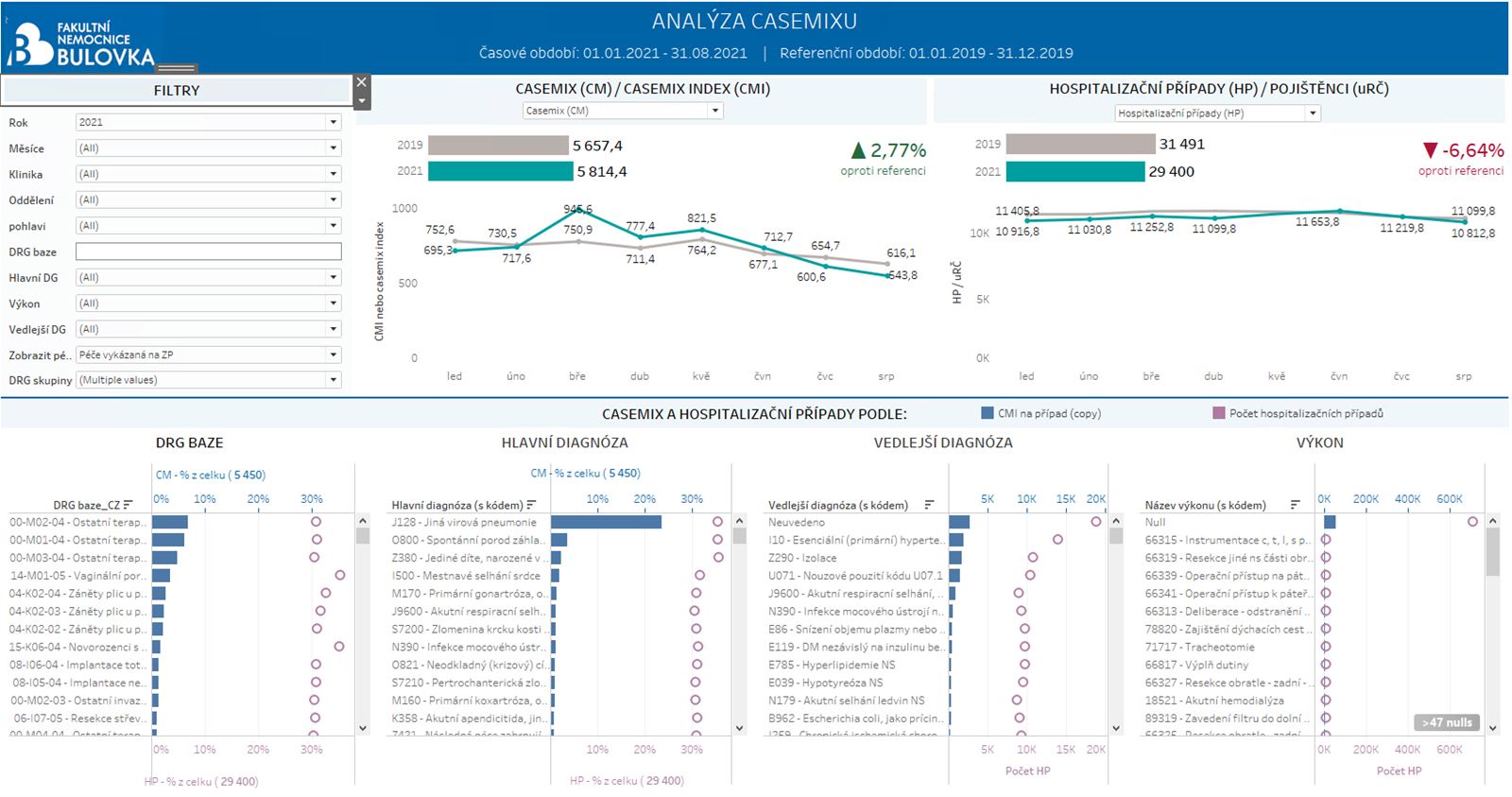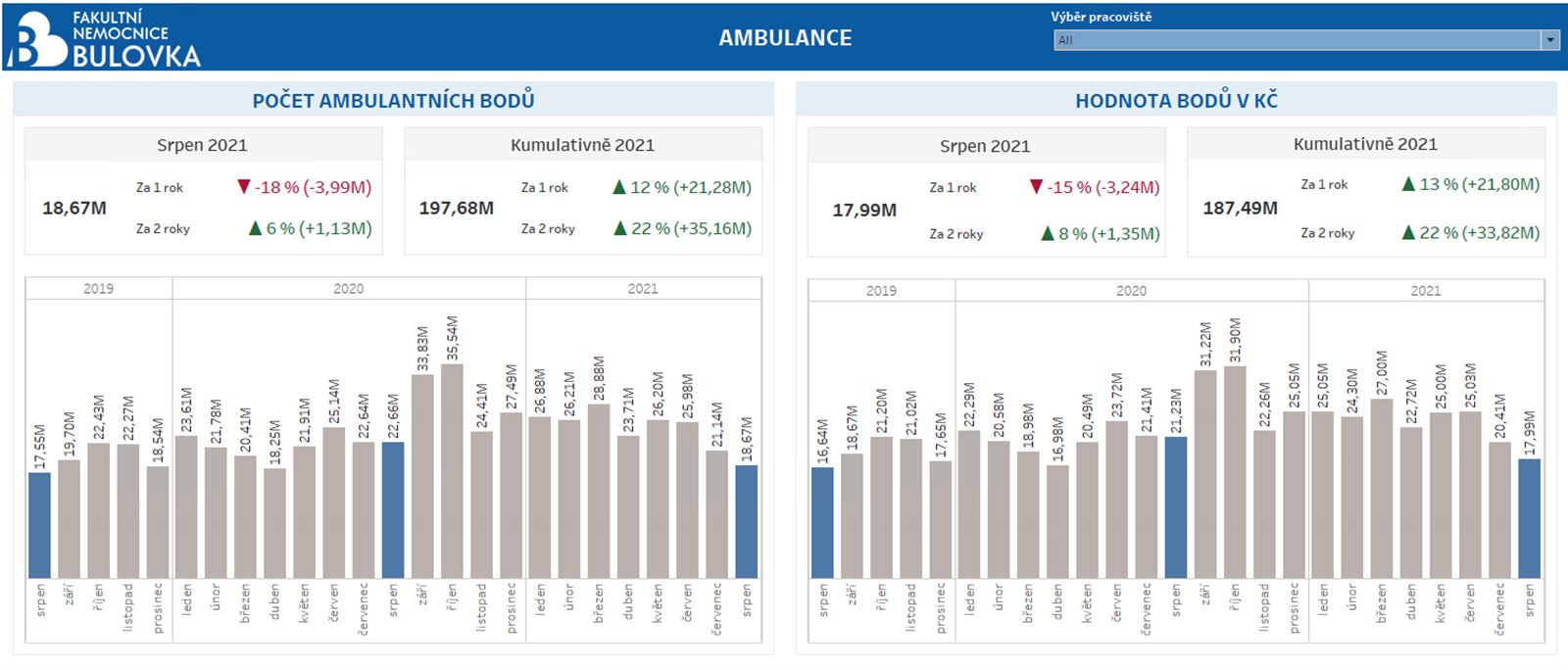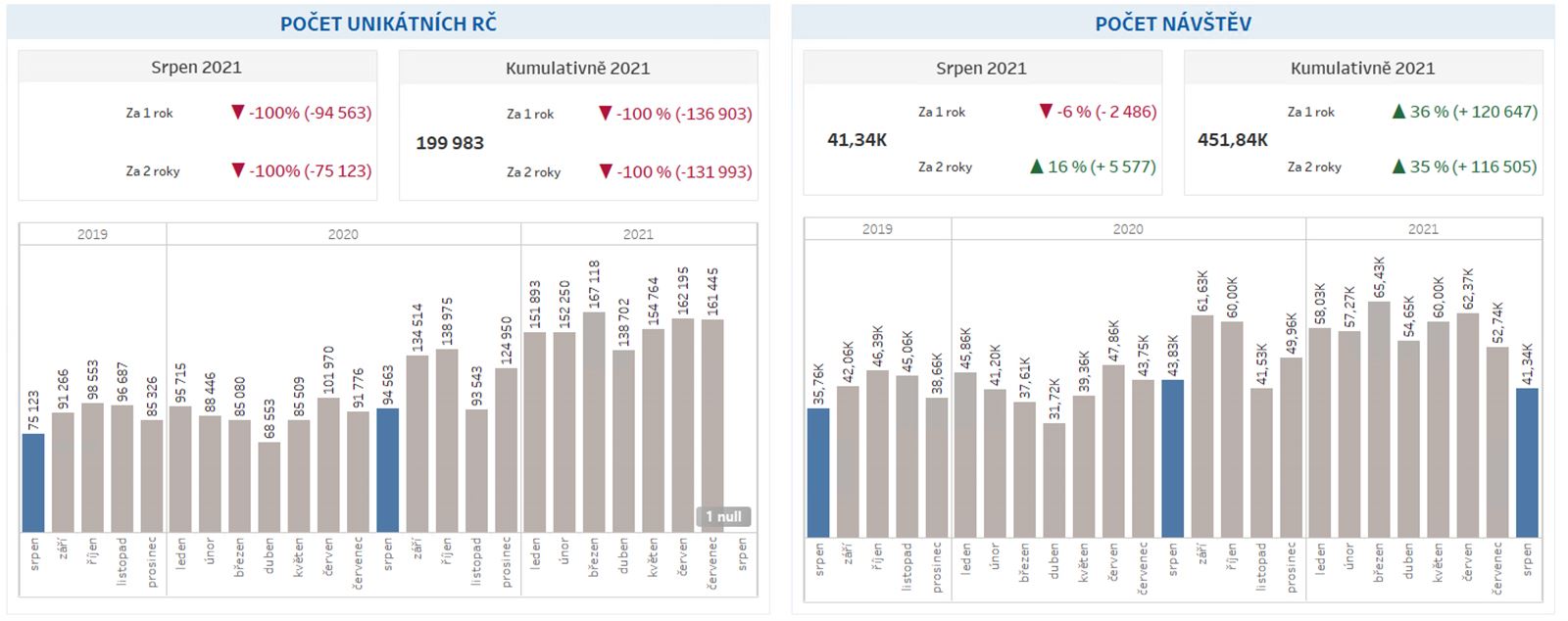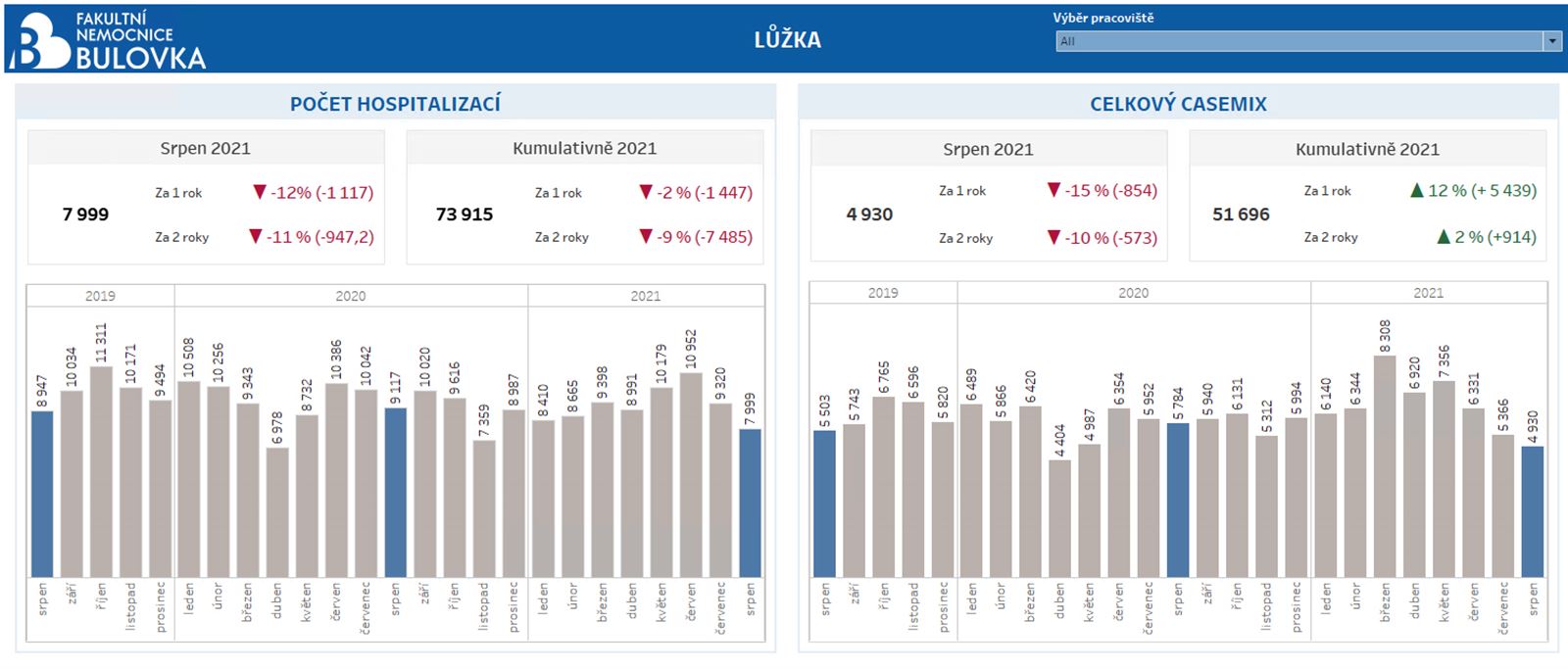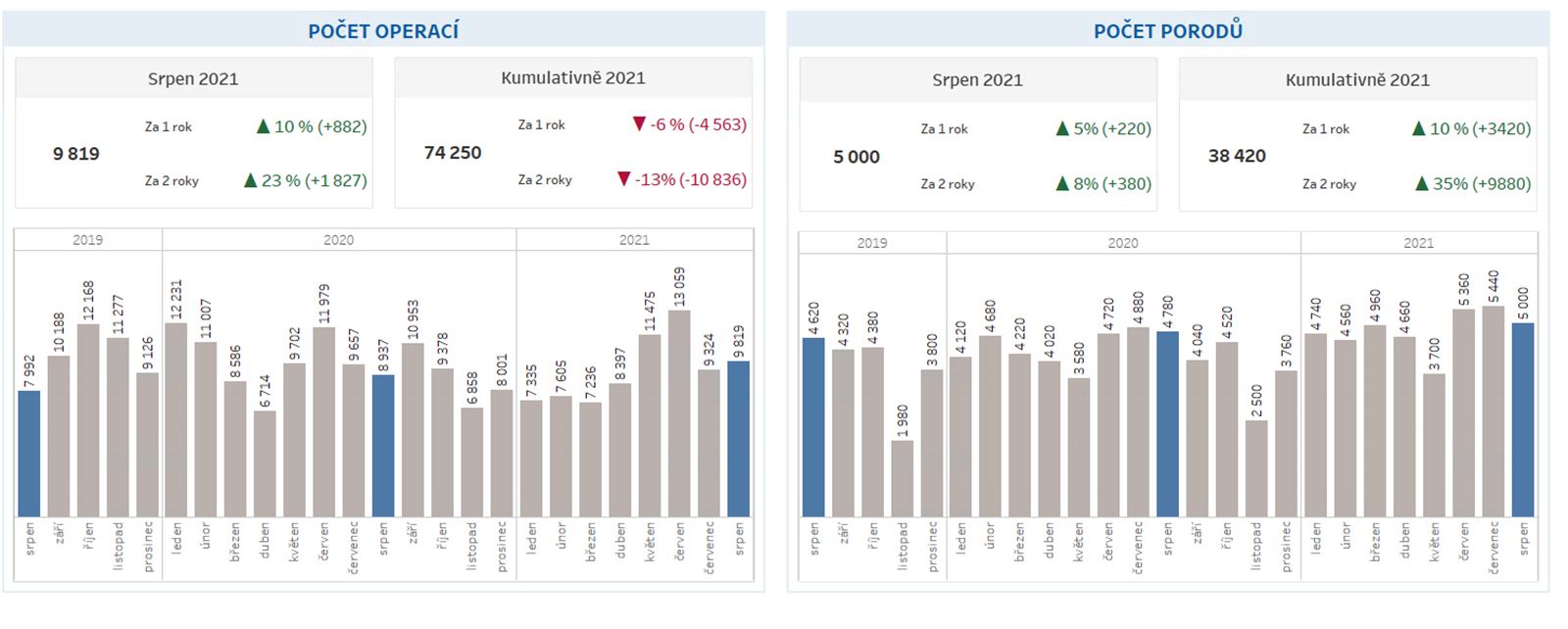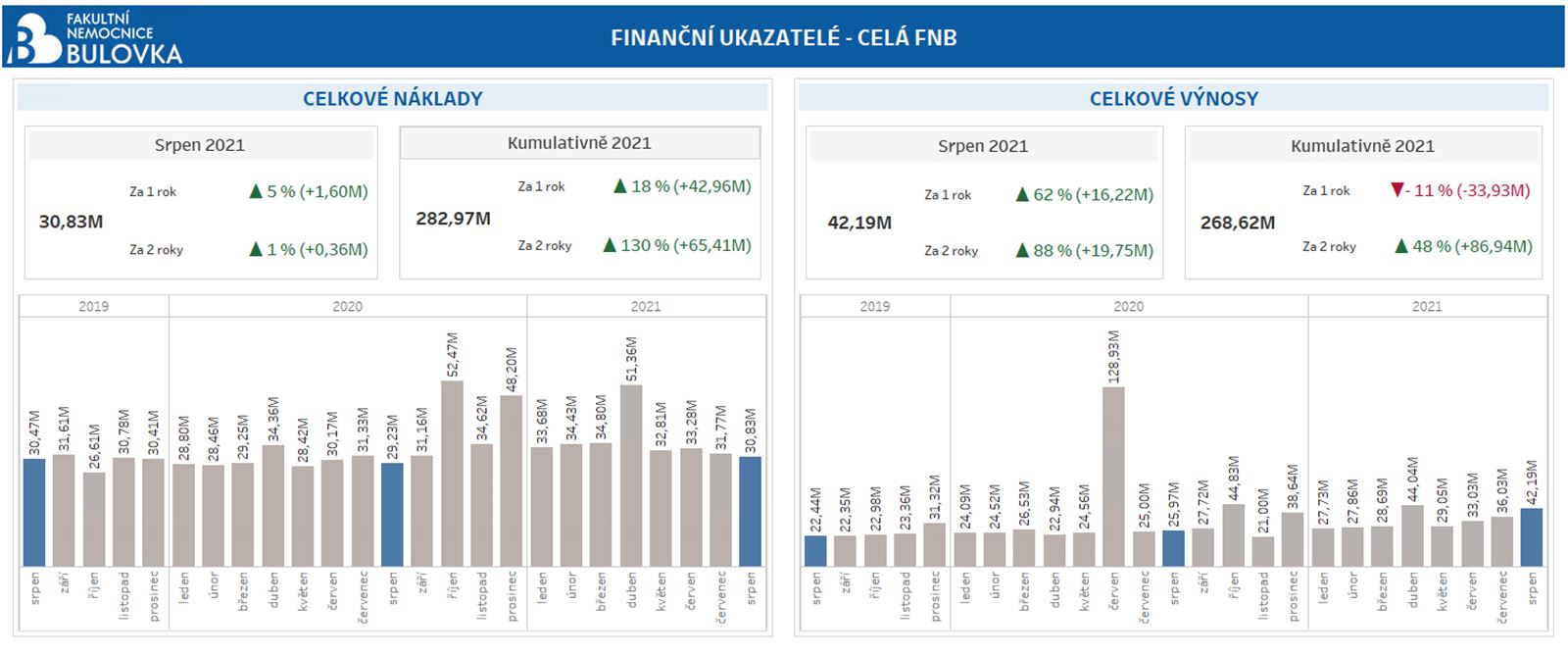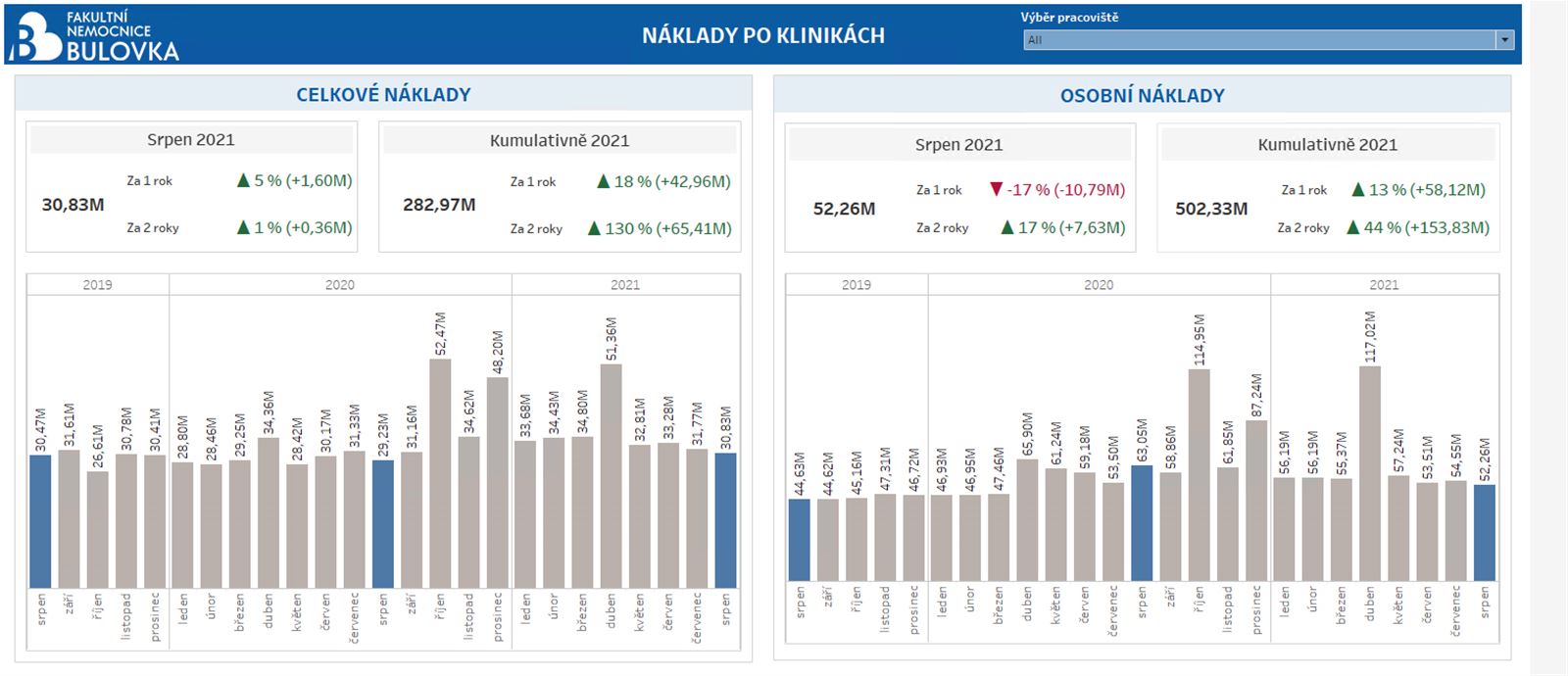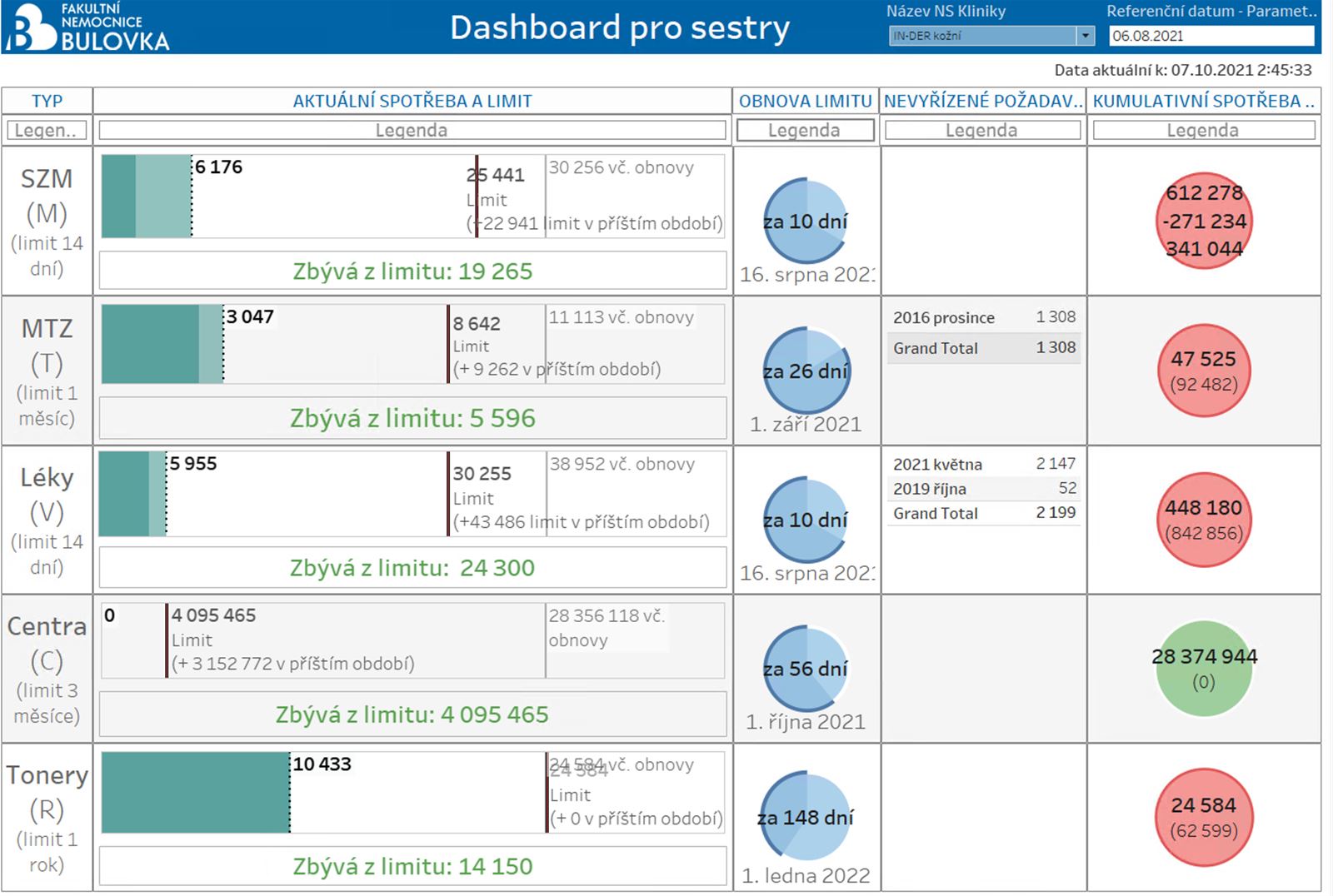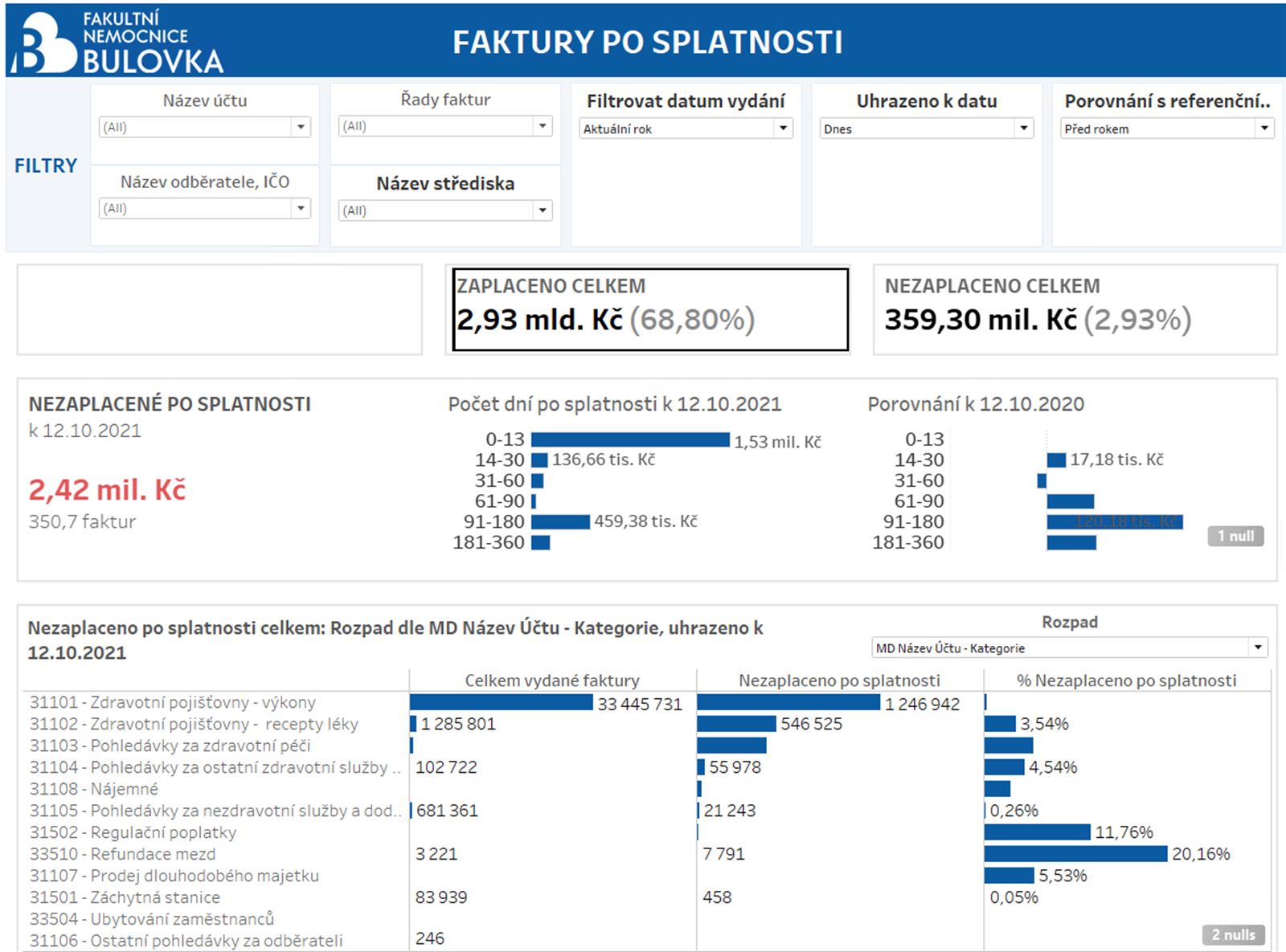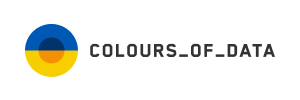Overall Situation
The hospital and its operations generate a lot of data and information about the treatment and patient care, consumption of medicines and supplies, and other operational matters. However, these data did not provide an overall picture of the hospital functioning. Disconnected data, various data formats, time or other unavailability of data, the absence of a data processing platform were some of the reasons why the hospital could not be effectively managed based on data.
Due to the lack of visualization tools, doctors and other staff were unable to work with data - relevant data was either not available or, the way the data was implemented into a working process did not allow doctors to make decisions based on it.
Change
Hospitals, comparable in size, turnover, number of employees and processes to large commercial organizations, are transforming into data-driven organizations. Three years ago, there was an Internal Audit and Controlling Department, which was responsible for managing and processing data from the entire hospital just for data management purposes. With this there started a change to ensure that data and information is available at the right time, in an understandable form and of a satisfying quality.
"The transformation to a data-driven hospital is not a project, but a process that we have started and will continue," says Mgr. Jan Kvaček, Director of Bulovka University Hospital.
The vision that drives the change
A doctor or a manager has relevant indicators across the entire hospital and access to the visualizations he or she needs to make the right decisions about the operation of the clinic or hospital. Data is linked into thematic units in the hospital, every change is immediately reflected - the management of the hospital can therefore make operational decisions according to the current situation.
The visualizations must be understandable at first glance, clear and allow going deeper into detail, where the doctor needs it.
Hospital management needs different levels of detail and parameters, and the visualization must be able to provide data interpretation at different levels of detail for different users.
"We are delighted to be on a project that has the ambition to change how the Czech healthcare sector uses data for care management and hospital operations. We are ready to continue to provide Bulovka with the support that it needs for successful implementation and adoption by staff," adds Tomáš Mátl, Managing Director of Colours of Data.
Solution
Dashboards were created to serve the doctors, and the hospital management. The visualizations have made care data accessible, provided an insight to the doctors and hospital management, and enabled better care planning, purchasing of medical supplies, and more efficient financing of the care provided.
A practical outcome of this change could be, for example, a more convenient planning of the number of ambulances used each day, based on attendance. Another practical result would be a more appropriate preparation of the operating plan for the planned surgeries. Better clarity would allow hospital management to ensure better funding and investment in care.
The visualizations represent an outcome of a series of consultations, during which we were adjusting the settings for our client in order to make the view really intuitive and make the dashboards display what the doctors are most interested in, as well as maintain correct settings for individual users.
The parameters were a number of patients, a number of admissions, a casemix and a number of points for the ambulances. The dimensions by which the metrics break down include principal and secondary diagnosis, number of surgeries, or DRG groups.
The visualization that comes as a result, is easy to understand so that the doctors are interested in using it and intuitively accessing the necessary details and metrics with additional clicks.
The first clinical site where the new care reports are available for data management purposes is the Department of Radiation Oncology.
The result was evaluated by the deputy chief and head physician of the hospital department, for whom we prepared 4 dashboards with reports: inpatient care analysis, casemix analysis for inpatient care, casemix analysis for outpatient care, and outpatient care analysis.
"I appreciate the easily accessible and clear visualizations. Information about inpatient and outpatient care is now easily accessible to everyone who needs to have an overview and makes the doctors' work easier." says MUDr. Petra Holečková, Ph.D., MBA deputy chief physician and head of the inpatient department of the Institute of Radiation Oncology

